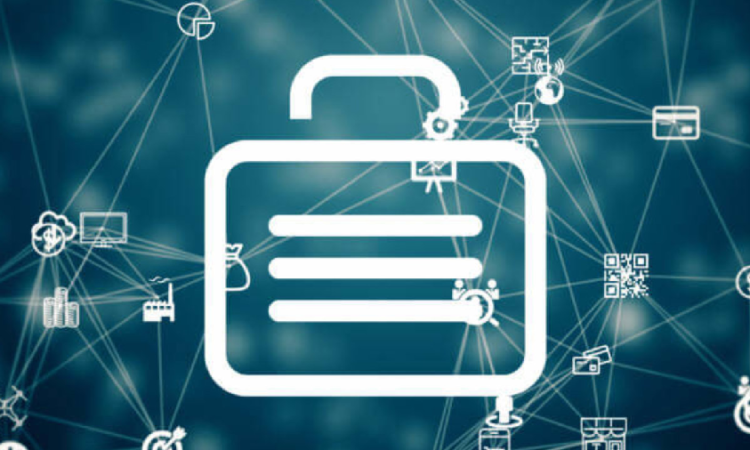
Introduction
The network of physical items, or “things,” which are embedded with sensors, software, and different technologies to share and swap data with other devices and systems through the internet is called “the Internet of Things” (IoT).
These gadgets include anything from standard domestic items to state-of-the-art industrial machinery. Today, there are more than 7 billion linked IoT platforms, and as per the analysts, there will be 10 billion by 2020 and 22 billion by 2025.
Overview
IoT solutions has emerged as one of the most powerful 21st-century technologies in recent years. The capacity to connect everyday objects, such as home appliances, cars, thermostats, and baby monitors, to the internet via embedded devices has made continuous communication between people, processes, and things conceivable.
Apart from IoT Security, IoT solutions include the hardware IP and software platforms that IoT device designers, software developers, and product manufacturers require to create and deploy IoT solutions. An IoT system must include efficient processor architectures mixed with intelligence improved by AI, end-to-end security, development platforms and tools for various workloads, devices, and clouds, and vast scalability.
Low-cost computers, the cloud, big data, analytics, and mobile technologies allow material things to share and gather data with the least amount of human involvement. Digital systems can register, monitor, and revise every interaction between related entities in today’s hyper-connected environment.
IoT Security
It is very important to ensure the security of networks with linked IoT devices. IoT security is essential, as evidenced by several high-profile events where an ordinary IoT device was leveraged to breach and attack a more extensive network. IoT security, which aims to reduce modern enterprises’ growing IoT platform vulnerabilities, encompasses a wide range of methodologies, tactics, protocols, and actions.
IoT security is a defense mechanism used to defend network-based or internet-connected devices. The word “Internet of Things” is quite broad, and as technology advances, the concept has only grown more.
IoT security is a cluster of techniques, strategies, and tools to prevent these devices from being hacked.
IoT security is considerably more extensive due to how broad IoT is. This has led to many techniques falling under the IoT security umbrella. Network security, critical public infrastructure (PKI) authentication and application program interface (API) security are just a few strategies IT leaders can employ to counter the growing threat of cybercrime and cyberterrorism stemming from weak IoT platforms.
Problems that people faced while using IoT security
Threat actors can intercept devices in more ways the more ways they can connect. IoT devices rely on various protocols that hackers can intercept, including HTTP (Hypertext Transfer Protocol) and API.
Also not exclusively included under the IoT umbrella are internet-connected gadgets. Bluetooth-enabled appliances are considered IoT solutions as well and need IoT security. Such oversights are a factor in the current increase in IoT-related data breaches.
IoT security, like cloud security, must take into account a lot of entryways to safeguard assets. Due to their internet-supported connectivity, IoT devices have a far larger attack surface than traditional technologies. Although very helpful, this accessibility allows hackers to control devices remotely. This explains why hacking tactics like phishing are so successful.
The lack of planning isn’t the only problem with IoT security that newly digitized industries must deal with. The resource restrictions of many of these machines are a big issue with IoT security.
Some hardly have any connectivity to other gadgets. Bluetooth-enabled IoT devices, for instance, have seen a recent surge of data breaches.
Which sectors are most exposed to IoT security risks?
Life-threatening attacks include disabling a linked car’s brakes or hacking a connected medical device, like an insulin pump, to give a patient too much medication. The viability of treatment can also be destroyed by an attack on a refrigeration system housing drugs controlled by an IoT system if temperatures change. An attack on vital infrastructures, such as an oil well, an electricity system, or a water supply, can have fatal results.
However, such assaults must not be disregarded. For instance, a thief could be able to enter a house if intelligent door locks are attacked. Alternately, in other security breaches, a hacker may use malware to spread through a networked system and collect personally identifying data, causing chaos for impacted people.
Conclusion
The Internet of Things (IoT) is a system of physical objects, or “things,” that can interact and share data thanks to sensors, software, and other technologies. There are already about 7 billion linked IoT devices, and researchers predict that number to increase to 10 billion by 2020 and 22 billion by 2025. Internet of Things (IoT) security must consider several entry points to protect assets. Not all Internet of Things (IoT) devices have the computing power to run advanced antivirus or firewall software.
You can also use akenza.io, a self-service IoT platform that lets you build useful Azure IoT Hub products and services. Akenza.io is confident in its ability to help organizations develop IoT solutions by considerably reducing the workload and complexity.
